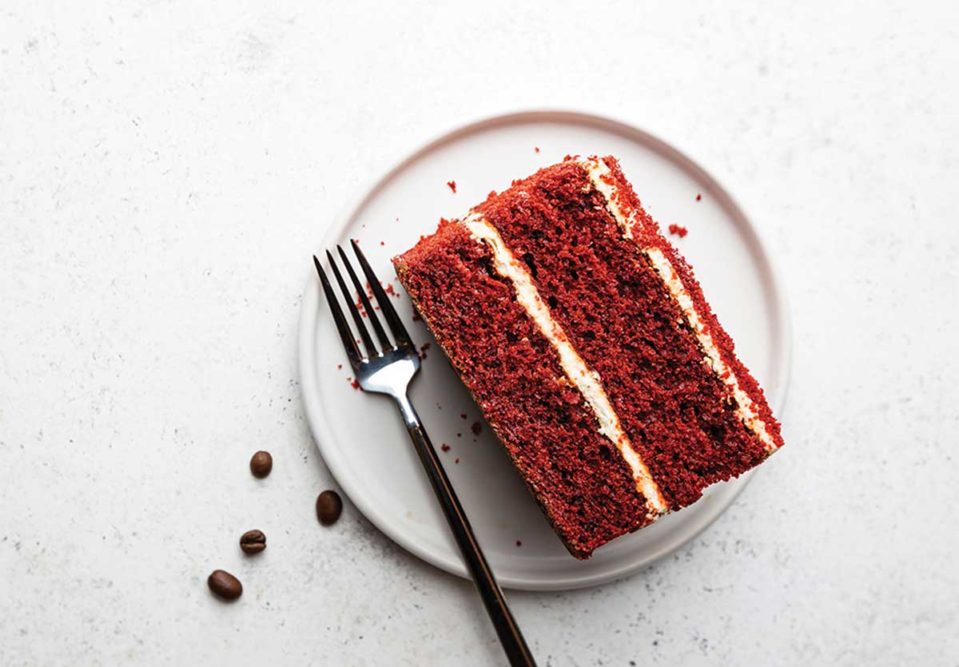Low-sodium or sodium-free chemical leavening ingredients can work well in any application, as long as bakers are paying attention to dough rate of reaction (DRR) and neutralizing values. For some of the alternative chemical leavening ingredients, certain applications work better.
Ammonium bicarbonate, for example, contains no sodium and provides an efficient gas release, but it comes with some limitations.
“It is not used in prepared mixes because of its odor, but it finds utility in crackers and cookies that have low finished water content, less than 5%,” said Robert Berube, technical services manager, Church & Dwight.
Calcium- or potassium-based acids can also be replacements for sodium-based ones, but these have more success in tortilla or bread products. Cake applications can pose a challenge to reformulating with these alternatives.
“This is because the tender texture of a cake has a lot to do with a balanced chemical leavening system,” said Yanling Yin, PhD, director of RD&A, Ingredient Solutions, Corbion. “Any delayed or imbalanced system with non-sodium acids would result in cakes with a tough texture or misshaped final product.”
This article is an excerpt from the March 2021 issue of Baking & Snack. To read the entire feature on chemical leavening, click here.





